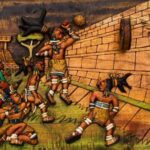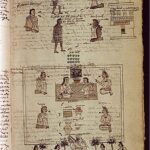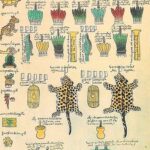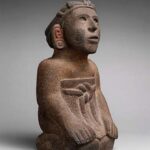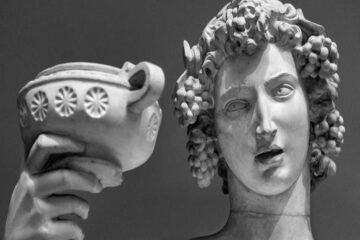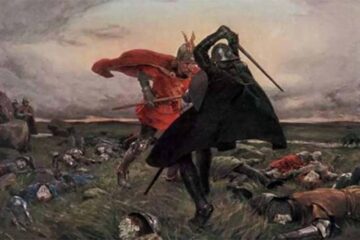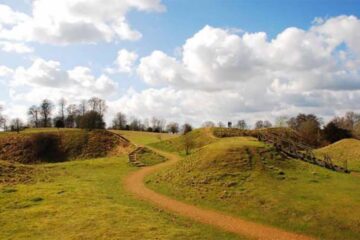Daily Life of the Aztecs A Blend of Agriculture, Hierarchy, and Culture

Introduction: Aztec Civilization in Mesoamerica
The Aztecs, or Mexica, played a significant role in Mesoamerican history from the 14th to the 16th centuries AD. While much of their history is known through encounters with Spanish conquistadors, exploring their day-to-day existence reveals a vibrant tapestry of agricultural practices, social hierarchy, and rich cultural traditions. Theirs was a life guided by principles of coexistence with nature and the complexities of Aztec society.
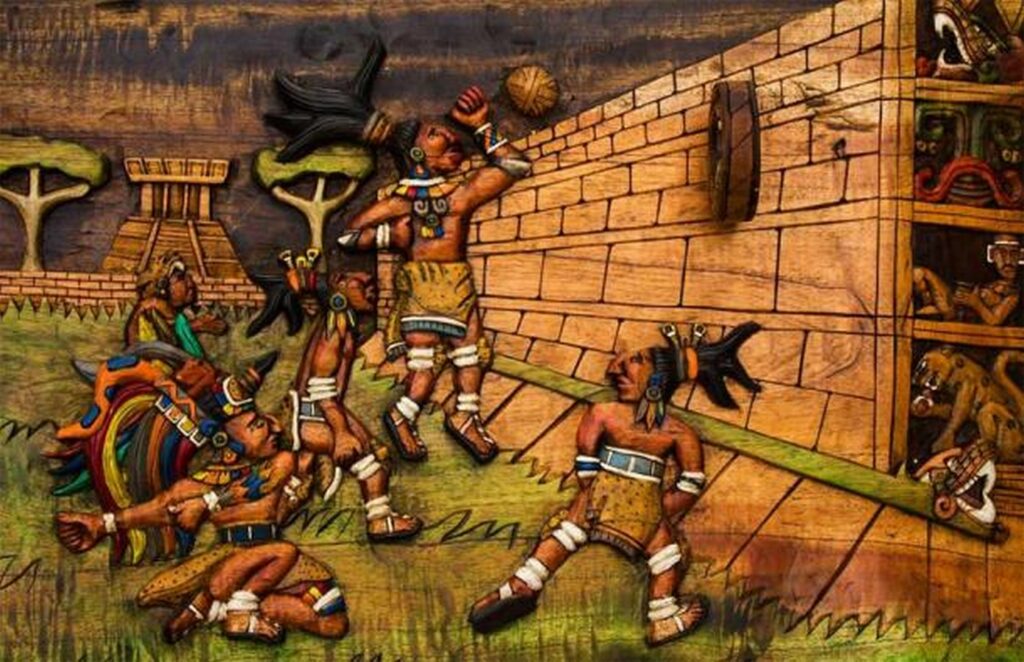
A Day in Ancient Aztec Daily Life
Situated around Lake Texcoco, the Aztec civilization thrived with a dynamic mix of agriculture, art, religion, and tradition. At the heart of their bustling cities, amidst towering temples and timeless rituals, Aztecs crafted a society as intricate as their surroundings.
Agriculture: Foundation of Aztec Society
Agriculture was paramount in Aztec life, with a well-developed system centered on chinampas, or floating gardens, on Lake Texcoco. Maize, beans, squash, and chili peppers formed the staple diet, cultivated with sophisticated irrigation systems and precise timing based on celestial events.
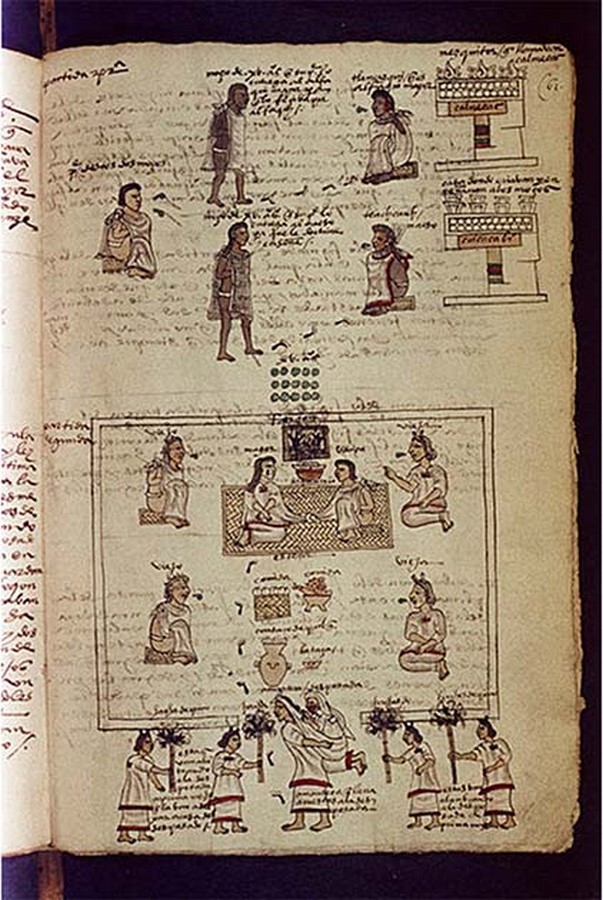
Social Hierarchy: Structure and Mobility
Aztec society was highly stratified, with an emperor at the pinnacle, followed by nobles, priests, warriors, and commoners. Slavery existed, primarily among prisoners of war or debtors, but social mobility was possible through acts of valor, service, or marriage into higher classes.
Education and Heritage Preservation
Aztec education was primarily oral, with elites receiving formal training in art, poetry, and history. Practical knowledge, including herbal medicine and agricultural techniques, was passed down through generations. Priests played a central role in moral and spiritual education, integrating astronomy into religious ceremonies and the Aztec calendar.
Artisans, Sportsmen, Craftsmen, and Warriors
Artisans and craftsmen honed their skills through apprenticeships, creating intricate pottery, sculpture, and textiles. Physical education was vital for young men, who trained in military skills at youth centers. Mentorship played a crucial role in passing down practical knowledge and life skills.

Trade and Economy: Pillars of Aztec Prosperity
Trade was integral to the Aztec economy, facilitated through bustling markets and long-distance caravans. Cocoa beans served as currency, while tribute payments sustained the empire’s wealth. Art, culture, and sports flourished alongside trade, contributing to the rich tapestry of Aztec daily life.
Festivals and Celebrations: Religious and Social Cohesion
Aztecs celebrated numerous festivals, blending religious rituals with social gatherings. Human sacrifice, though controversial today, was a central aspect of major religious ceremonies, symbolizing their deep connection to the gods and nature.

The Spanish Conquest: A Sudden End
The Aztec civilization abruptly ended with the Spanish conquest led by Hernán Cortés in 1521. The fall of the Aztec capital marked the beginning of Spanish colonial rule, bringing significant changes to Aztec society, language, religion, and legal systems.
In essence, the daily life of the Aztecs was a harmonious blend of agricultural labor, social structure, cultural heritage, and religious devotion. Though their civilization met a swift and dramatic end, the legacy of the Aztecs endures, shaping the history and identity of modern-day Mexico and beyond.

